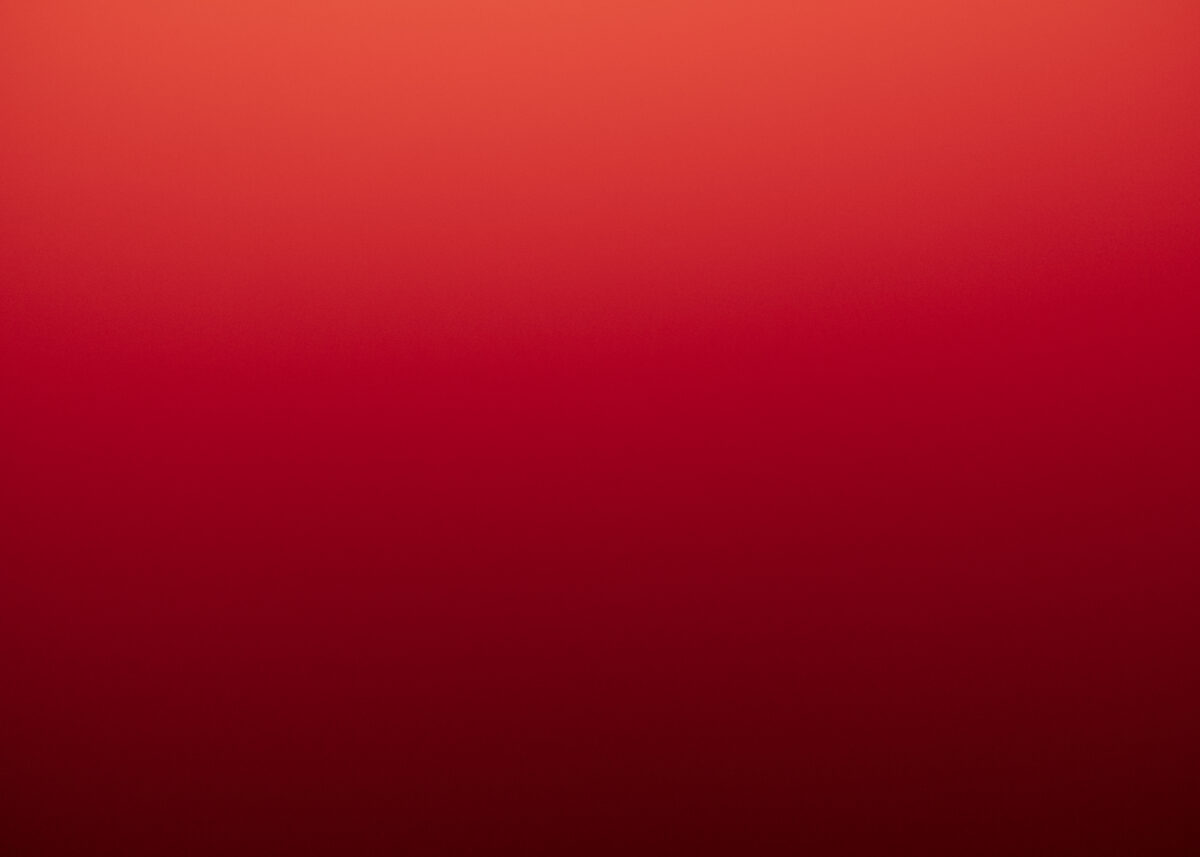
SANS RÉSERVE – 2025
COAL is pleased to announce the third edition of SANS RÉSERVE, the unmissable gathering for art and ecology, presented from…

The COAL 2020 Prize on Life was awarded by a jury of art and ecology experts to artist Paul Duncombe for his project Manicouagan. A special mention of the jury also rewards the Sparrows project of the artist Éléonore Saintagnan. The ceremony took place online.
Image credits: Paul Duncombe, Manicouagan, 2015- 2020. Imagerie Satellite © 2020 Planet for the Planet, Skysat, and RapidEye.
Published on 10 June 2020
In 2020, the COAL Prize is dedicated to the erosion of biodiversity. This eleventh edition is part of the VIVANT program, a cultural season for biodiversity, carried out by COAL and its partners in preparation for the 2020 IUCN World Conservation Congress. The jury awarded the COAL 2020 Prize to artist Paul Duncombe for his project Manicouagan, named after a crater formed by a meteorite that fell 214 million years ago in Quebec. Accompanied by a multidisciplinary team, he paints an artistic portrait of this territory linking the violence of mass extinctions and meteorite impacts with the current crises of the Anthropocene era. The Jury also distinguished the Sparrows project by artist Éléonore Saintagnan , which pays tribute to a common species under severe threat: the sparrow, whose world population has dropped by 95% in thirty years.
” Biodiversity has always inspired artists. Contemporary artists are doing it right, by contributing with their works to the awareness of all of us of the need to act. Thanks to COAL for making this visible “said Christophe Aubel, Director General for the mobilization of society, French Office of Biodiversity, during the jury’s deliberation.
The sixth mass extinction that threatens the diversity of life affects both species and ecosystems. In France, at present, 18% of the species, that is to say nearly one species out of five, are already considered as extinct or threatened. The last similar crisis was 65 million years ago, when the dinosaurs disappeared.
Contrary to the five previous ones, this sixth extinction of the living world is caused by the impact of human activities. Five major causes have been identified: change in the use of natural areas, overexploitation of species, climate change, pollution and invasive alien species. The health crisis that the world is currently experiencing is the direct consequence of the forced exploitation of nature by man. A reaction from public authorities, the private sector, representatives of civil society and citizens is now urgent to halt the decline in the diversity of life and preserve the balance of our ecosystems.
Faced with a situation as complex as it is urgent, the COAL 2020 Prize promotes artists who bear witness, imagine, experiment and work for a world that is more respectful of life and ecological balance. Through a great diversity of proposals and practices, the ten artists nominated mobilize to give an account of a world still alive, to feel and experience biodiversity, to highlight the extreme fragility and the immense strength of life, to act and contribute to its preservation.
” With this award, the jury encourages a concerned and involved artist. Paul Duncombe considers nature as a long-term subject as evidenced by his various works and installations, and seeks to account for it by multiplying the angles of approach, scales and landscapes. His transdisciplinary approach, his taste for field exploration presides over the creation of ambitious works mixing nature with new technologies, combining science, literature and poetry ” Christine Germain-Donnat, Director of the Museum of Hunting and Nature, member of the jury and partner of the COAL Prize, summarized.
For Olivier Lerude, Senior Official for Sustainable Development at the Ministry of Culture, also a member of the jury, ” It was important to choose as the winner of the COAL prize a project that is dense, that deals with complex issues, because our uncertain times lead us all to this complexity: Paul Duncombe’s Manicouagan project, because it deals with the long time of life and of the Earth in an artistic and aesthetic approach that is very coherent, is a project that grabs us because it is placed in the right place ”
Known as the Eye of Quebec, the Manicouagan impact crater is one of the largest and best preserved on Earth. With a diameter of 100 km, it was formed 214 million years ago following the fall of a meteorite of 8 km. Lost in the middle of Quebec, the Astroblème, now classified as a World Biosphere Reserve by UNESCO, is home to unique fauna, flora and geological features. The extraterrestrial origin of these reliefs, the indigenous history of the territory and the artificial engulfment of vast forests by the waters, give the site a mystical aura.
Paul Duncombe wishes to extend to Manicouagan his research work undertaken since 2015 in collaboration with naturalists and geologists, on the violence of mass extinctions and meteorite impacts. From physical and digital samples taken on site during an expedition in complete autonomy, accompanied by a multidisciplinary team, it will represent all the mechanisms that led to the re-conquest of the site by plants, insects and other living species, until the first nations. In the aesthetics of space exploration missions (real and fictitious), a home-made electronic station will be deployed in the crater.
With the poetry inherent in the naivety of the artistic gaze in the face of observed creatures and natural phenomena, this creative laboratory will unfold in pursuit of the sublime, of contingent beauties and evidence of an absolute hidden in nature. In the digital age, in a world that is now mapped, rationalized, and aware of its finitude, this device that is both technological and artisanal, digital and physical, at the crossroads of science, naturalism, survivalism, and “maker” cultures, will allow for the reinvention or reintroduction of meaning and links between the initial historical crisis, the biological rebirth of the site, and the modern, present, or future crises of the Anthropocene age.
Paul Duncombe was born in 1987 in Caen, France, where he lives and works. A 2014 graduate of the École Nationale Supérieure des Arts Décoratifs de Paris, Paul Duncombe explores the different scales of landscape. His successive researches, on the Labrador ice floes, the storms in the Celtic Sea, the boreal forests, or the irradiated lands of Fukushima, put in relation the apparent simplicity of the works of nature with the increasing technicality of modern societies. From simple gestures to the most complex monumental installations, his work crosses borders and disciplines, relying on collaborations with specialists from all horizons: biologists, geologists, astrophysicists, high mountain guides…thus multiplying points of view and experiences. He develops and exhibits his projects in France: Centquatre, 63rd Salon de Montrouge, Palais de Tokyo, Galerie Thaddaeus Ropac and abroad: Unicorn Center for Art (Beijing), Coopérative Méduse (Quebec), Kyoto Art Center (Kyoto).
” Éléonore Saintagnan chose as a starting point for her original film project, a sordid historical fact, largely unknown outside of China: the great Sparrow Campaign, orchestrated by Mao in 1958, whose result was disastrous for the ecosystem of the Chinese countryside. We wanted to encourage this research project on the interdependence between humans and animals “concluded Christine Germain-Donnat.
This special mention of the jury is accompanied by a residency at the Camargo Foundation which will allow the artist to develop his project. Located in Cassis, on the Mediterranean coast, the Camargo Foundation, founded by American artist and philanthropist Jerome Hill (1905-1972), encourages creativity, research and experimentation through its international residency program for artists, researchers and thinkers.
” We are delighted to be associated with COAL, in particular for this special mention awarded to Éléonore Saintagnan, whose research and creative work on the living world is at the heart of the Camargo Foundation’s concerns “, Julie ChénotDirector of Programs of the Camargo Foundation, member of the jury.
THE SPARROW PROJECT
In 1958, Mao Zedong undertook a vast campaign to rid China of its sparrows, which were accused of stealing 25,000 tons of rice grain per year from humans. By observing the way of life of these birds, it was noticed that they could not fly more than two and a half hours in a row under penalty of exhaustion. So it was decided that for three days, young and old, men and women, would go out into the streets and fields, armed with flags, gongs and slingshots, to destroy nests, break eggs and prevent birds from landing. Ten million birds perished during this campaign, which finally had the opposite effect to the one expected: the following year, the insects, deprived of their predators, destroyed almost all the crops. This rather unknown historical event condenses in itself the stakes of the disappearance of the sparrows whose population has dropped by 95% in thirty years.
With Le projet Moineaux, Éléonore Saintagnan aims to create a sort of carnival ritual intended to atone for our past human faults and to remind us, through a research project, of the interdependence between humans and sparrows. A film will mix images shot in color and black and white archives, reconstructing in particular the campaign of Mao Zedong. This cruel fable tells us about the madness of men through a particularly striking example of extermination.
This remote episode nevertheless resonates with our time, which sees the progressive and worrying disappearance of birds and biodiversity in general. The artist will also act concretely for the preservation of sparrows through the collective realization of works and nesting boxes in the public space and the mobilization of young people and artists in connection with associations and scientists, promoting the reintroduction of the species in the city.
Éléonore Saintagnan was born in 1979 in Paris, France. She lives and works in Brussels, Belgium. She graduated from the Studio national du Fresnoy and then from the master SPEAP of Bruno Latour at Sciences Po Paris. In 2010, she received the Curator’s Prize at the Salon de Montrouge. In 2018, her film Une fille de Ouessant won the best short film award at Visions du Réel (Switzerland), and then she won the Isère art contemporain prize endowed with a residency at Moly-Sabata. She exhibits in France: CRAC Alsace, Palais de Tokyo, Néon in Lyon, Mains d’œuvres in Saint-Ouen, La Criée Centre d’art contemporain de Rennes, and abroad: Wiels (Brussels), Galerie Elaine Levy (Brussels) as well as in film festivals such as FID Marseille, Hors-Pistes at the Centre Pompidou, or DOC Fortnight at MoMA (New-York), MMCA (Seoul)
JURY 2020
DOTATION
The winner of the COAL Prize receives an endowment of 10,000 euros, allocated by the François Sommer Foundation and COAL, including a residence at the Domaine de Belval, property of the François Sommer Foundation. The François Sommer Foundation, recognized as a public utility since its creation on November 30, 1966, was created by François and Jacqueline Sommer, pioneers in the implementation of a humanist ecology. Faithful to the commitments of its founders, it works for the protection of a biodiversity where man finds his rightful place, for the respectful use of nature’s resources and the sharing of the wealth of natural, artistic and cultural heritage. A special mention of the jury with a residency at the Camargo Foundation is also awarded in 2020 to one of the ten nominated artists.
PARTNERS
The COAL 2020 Prize is supported by the European Union via the European cooperation program ACT (Art Climate Transition), the Ministry of Ecological Transition and Solidarity, the Ministry of Culture, the French Office of Biodiversity, the Museum of Hunting and Nature and the François Sommer Foundation, the MGEN, the Camargo Foundation and a partnership with the French Committee of the IUCN.
COAL is pleased to announce the third edition of SANS RÉSERVE, the unmissable gathering for art and ecology, presented from…
COAL is delighted to announce the ten French and international artists nominated for the 2025 edition of the COAL Prize,…
COAL is delighted to announce the names of the students from French art and culture schools nominated for the sixth…

